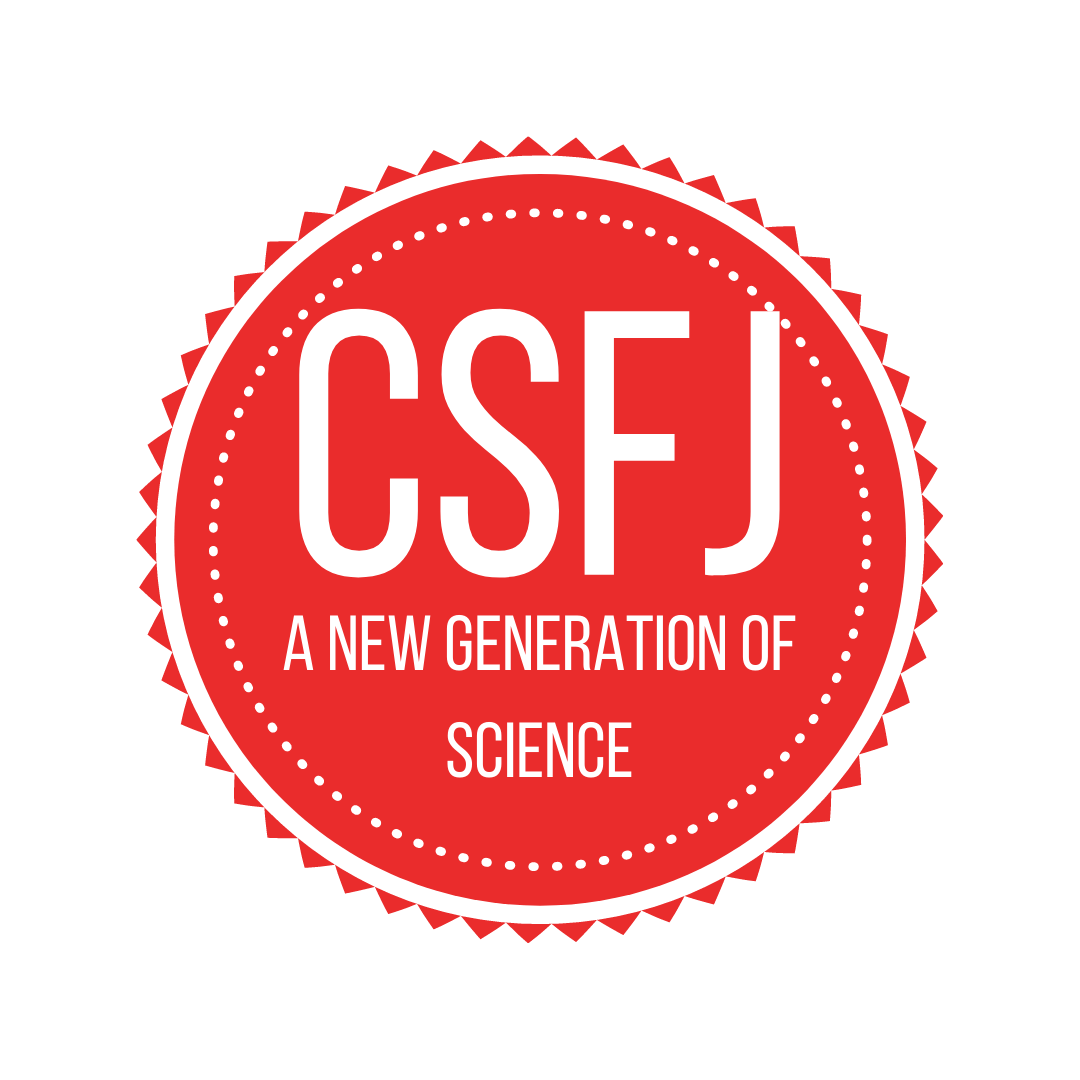by Jonathan Leung
In this project, I investigate the relationship between wildlife feeding and coyote attacks in Vancouver's Stanley Park. I collect and analyze data from 96 wildlife feeding reports by species, location, time of day, and month. Although wildlife feeding is one of the likely causes of the attacks, I discuss several other attack theories which include anthropause, encampment and human activities, and abnormal coyote behaviour.







